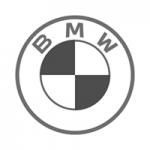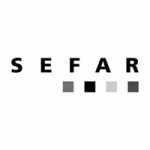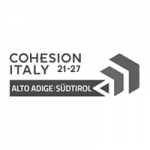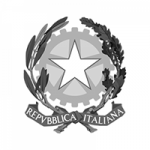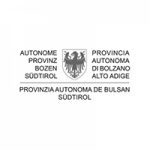The Media Interaction Lab
The Media Interaction Lab (MiL), originally established at the University of Applied Sciences Upper Austria, has moved to Italy, is now part of the Free University of Bozen-Bolzano, and operates from NOI Techpark. Since 2004, the lab has been conducting research in Human-Computer Interaction (HCI), Physical Computing, and Ubiquitous Computing, with a specific emphasis on designing, implementing, and evaluating next-generation user interfaces. Our research methodology combines theory, design, and evaluation, addressing real-world problems posed by industry partners such as BMW, KTM, SEFAR, and Tratter Engineering, and actively involving these users in a user-centered design process.
Having extensively researched mixed reality and tabletop interaction, the lab has evolved to focus on large interactive surfaces, creative environments, next-generation interfaces, and smart textiles. In recent years, we have expanded our research to include hardware-related domains like sensing technologies and hardware design. This shift is evident in our recent projects with automotive companies, where our primary goal is to develop and investigate next-generation vehicle interfaces.
Media Interaction Lab @ Youtube
We’re excited to announce that we are now again on YouTube! You can find a growing collection of our research projects there, including several from our collaborations in Austria. The channel offers a visual insight into our work, making it easier than ever to explore our innovations and ongoing developments.
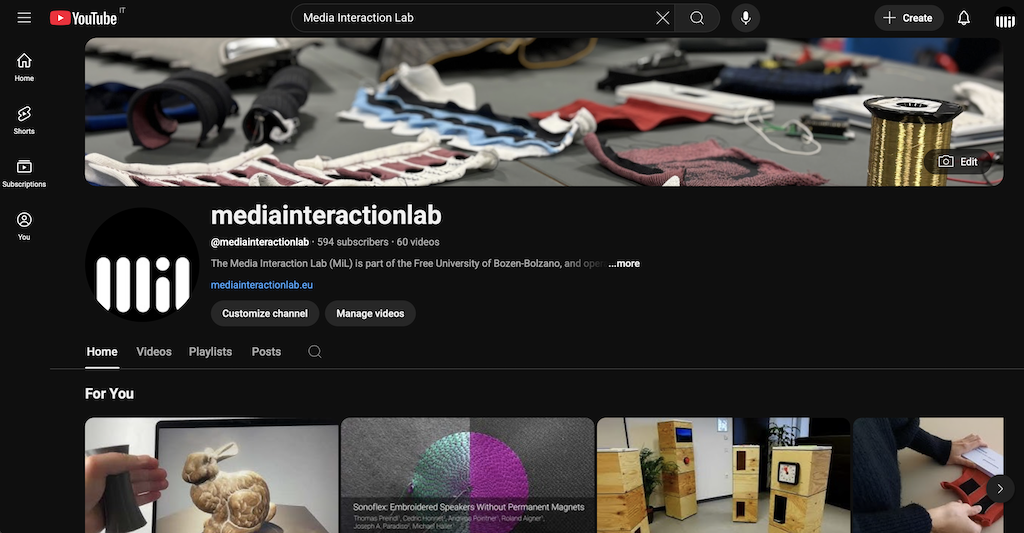
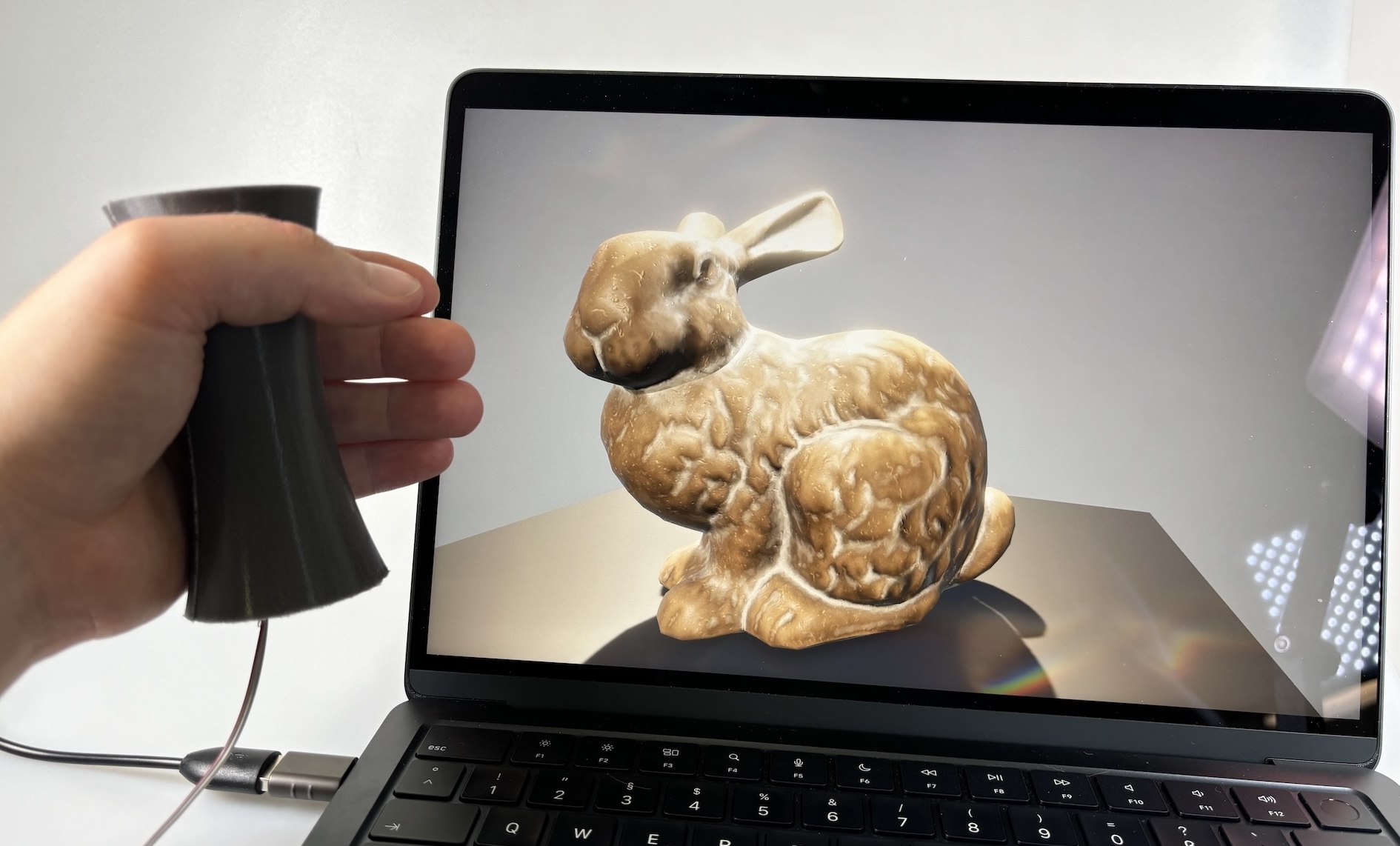
SmartCover (2024 – 2026)
At SmartCover, we are dedicated to transforming everyday objects by embedding advanced sensing technologies. A key example is SqueezeMe, where we turned silicone forms into intuitive interactive interfaces. Our broader mission is to design and develop smart laminated dashboards that not only enhance functionality but also significantly reduce the use of plastic components and traditional haptic buttons and controls.
iPlayground (2024 – 2026)
In iPlayground, we are creating a smart textile lab focused on developing next-generation interfaces using warp knitting technologies. Equipped with industrial machines and advanced analysis tools, and supported by a collaborative Idea Space, iPlayground will drive the creation of tangible prototypes and strengthen the link between research and industry at NOI Techpark.

